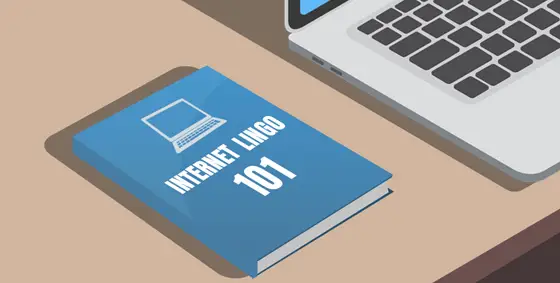Have you ever heard of Predictable Revenue?
The concept was created by the engineer Aaron Ross in the best seller of the same name. His strategies helped Salesforce became a giant in the market and grew its revenue by $100 million. So, if you work with marketing or sales, you definitely should know his name.
Who is Aaron Ross?
Former Stanford engineer Aaron Ross took over as director of corporate sales at Salesforce in 2002, only three years after its establishment, being responsible for building the company’s outbound prospecting team.
After the success of his new strategy, in 2011, he wrote a book explaining what happened at Salesforce and what he did to ensure its success.
What is Predictable Revenue?
Cowritten with marketing specialist Marylou Tyler, the book named “Predictable Revenue: Turn Your Business Into a Sales Machine with the $100 Million Best Practices of Salesforce” explains the difference between old sales models and the one Salesforce adopted.
How did it work before
The old way of selling was too direct, taking little account of customers’ real needs and who would be the decision-makers.
What happened in this model:
- All sellers needed to prospect;
- There was a culture of always closing sales;
- Measurement of activities (calls made, for example);
- Manipulative Sales Techniques;
- Long and tiring emails;
- Anti-productive sales system.
This cold calling model used at the time and the responsibility given to salespeople to prospect and close deals made it very difficult to predict and scale sales.
There was an uphill battle every day, and the sales teams became hostages to chance to hit the targets.

The new way of selling
According to Ross, the 2.0 sales model (along with innovative marketing strategies) was responsible for this revenue growth at Salesforce. The beauty of the sales model proposed by him lies in its applicability to all sizes of companies. In the new model:
- A team dedicated to prospecting;
- There is a search for a fit between company and customer
- Measurement of results (qualified leads);
- Authentic techniques;
- Short and friendly emails;
- Sales system helps productivity;
Ross also says that salespeople should go into specialized functions according to their skills.
- Qualifying Inbound Leads: Often called Market Response Representatives, they qualify leads coming to the website or an 0800 number. The sources of these leads can be marketing programs, SEM, or word of mouth.
- Cold Calling 2.0: Often referred to as SDRs (Sales development representative or sales development representative), this role prospects a list of target customers to generate new opportunities for cold or dormant accounts. Outbound representatives and efficient teams don’t close contracts directly but create and qualify sales opportunities and then pass the prospect on to the sales team to close.
- Account Executives: These are the sellers per se. Account Executives carry goals and close contracts. They can be members of inside sales or an external team. A good practice is that, even when a company has account managers or the customer success department, account executives contact the leads until they become customers.
- Account Managers: These professionals handle implementation and customer success, day-to-day customer management and contract renewals. This change is one of the most important ones Ross brought. There is someone in charge of making customers happy and staying with the company, and it is not the seller’s responsibility anymore.
Predictable Revenue vs. CRM
If you know anything about how a Customer Relationship Management tool works, you can see how important it is in Aaron Ross’ model of sales.
First, because the customer “travels” between the staff and everyone needs to know the same information and keep it updated. A CRM can track every communication done with the client, how long they are on the pipeline and who was the last person to talk with them.
While Marketing Response Representatives can add tags to the client profile, SDRs can know if an account is inactive with a few clicks. The software can even be programmed to announce when it is time to contact that customer automatically.
It is possible to add notes about the client in a good CRM, so when you call him again, the sales team can offer a personalized service, and Account Managers can remember a family birthday or a special event.
Predictable Revenue offers a complex solution, and it is worth taking a look at Ross and Tyler’s book.
Are you implementing the 2.0 sales model at your company? And do you have the right CRM tool to assist you with that?
Abrisuite can help you. Contact us to learn more.



